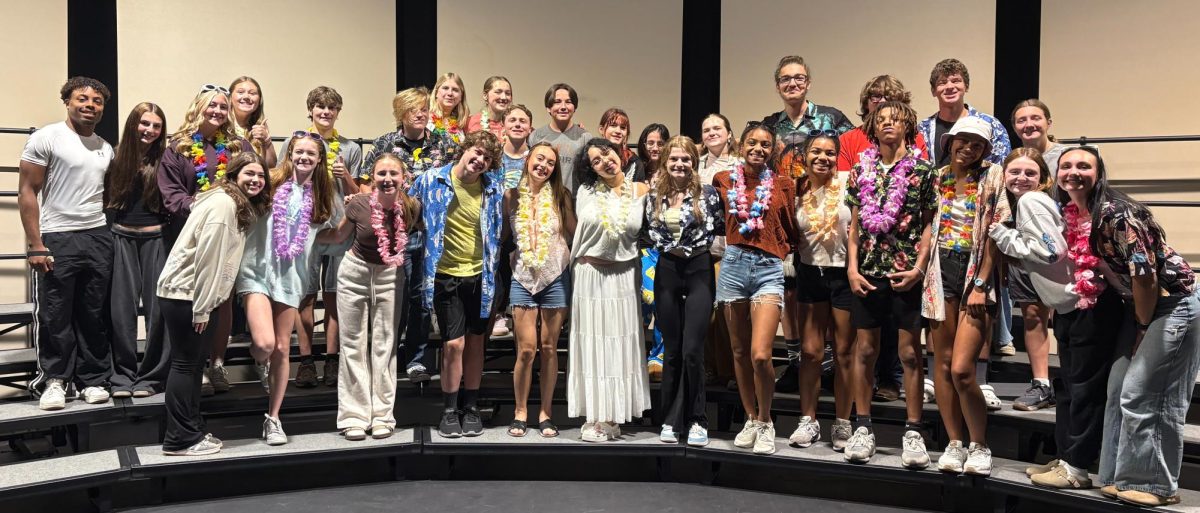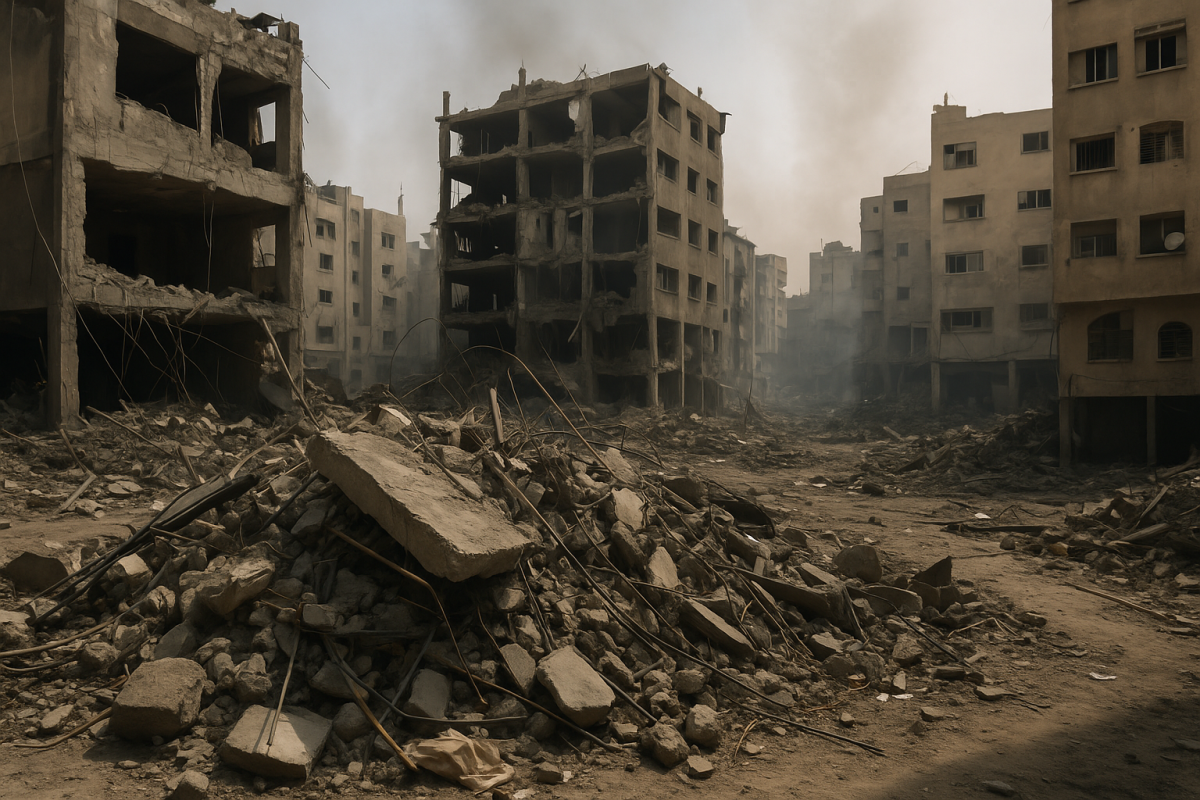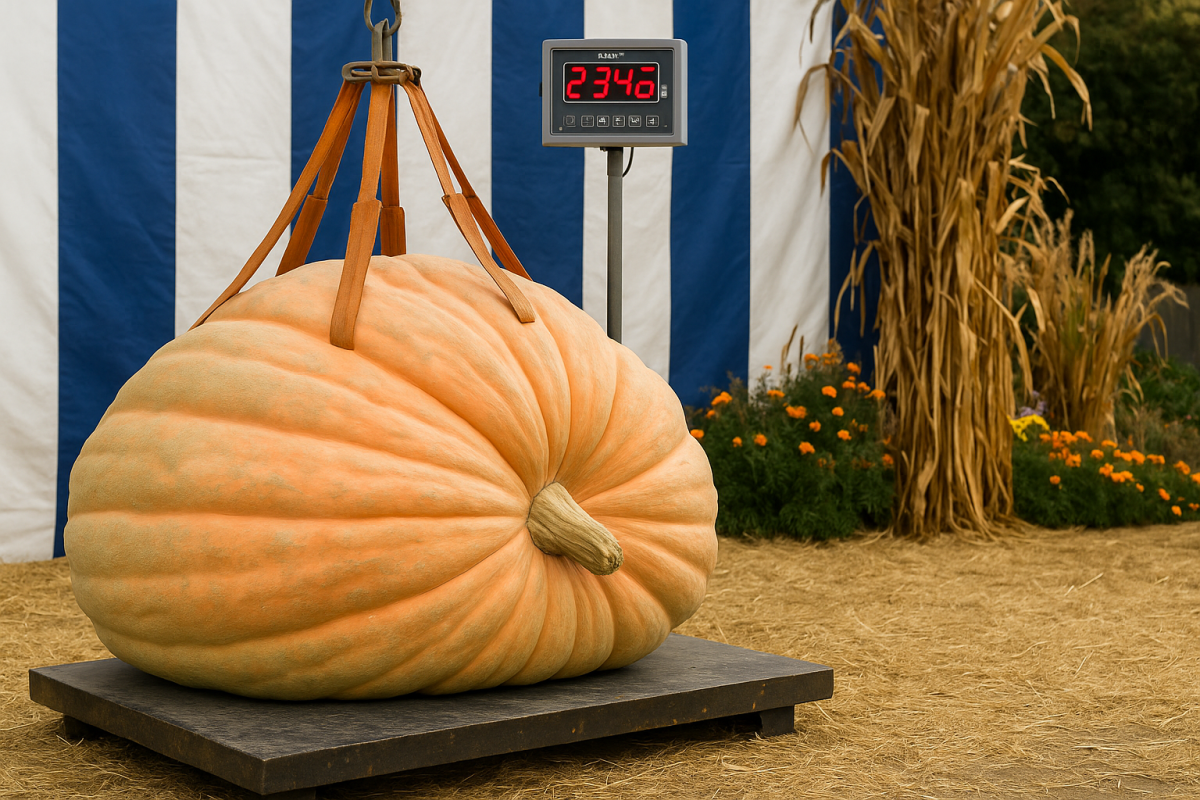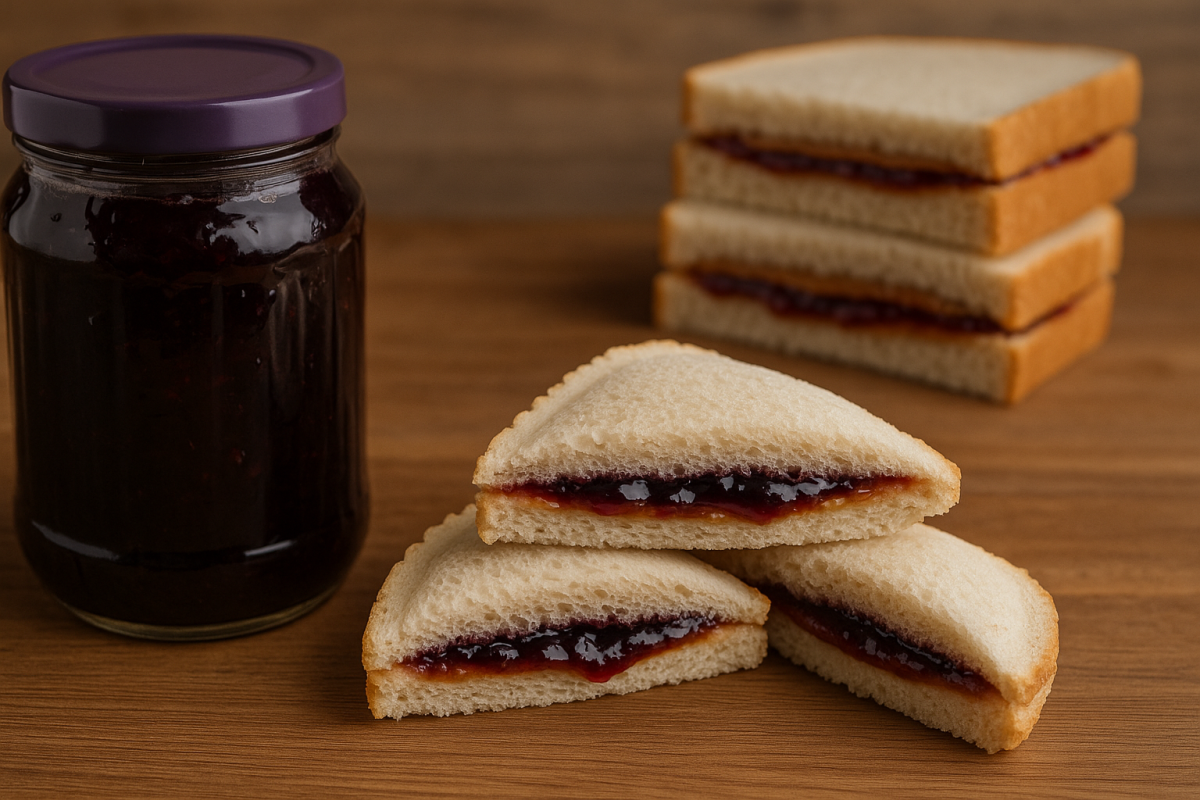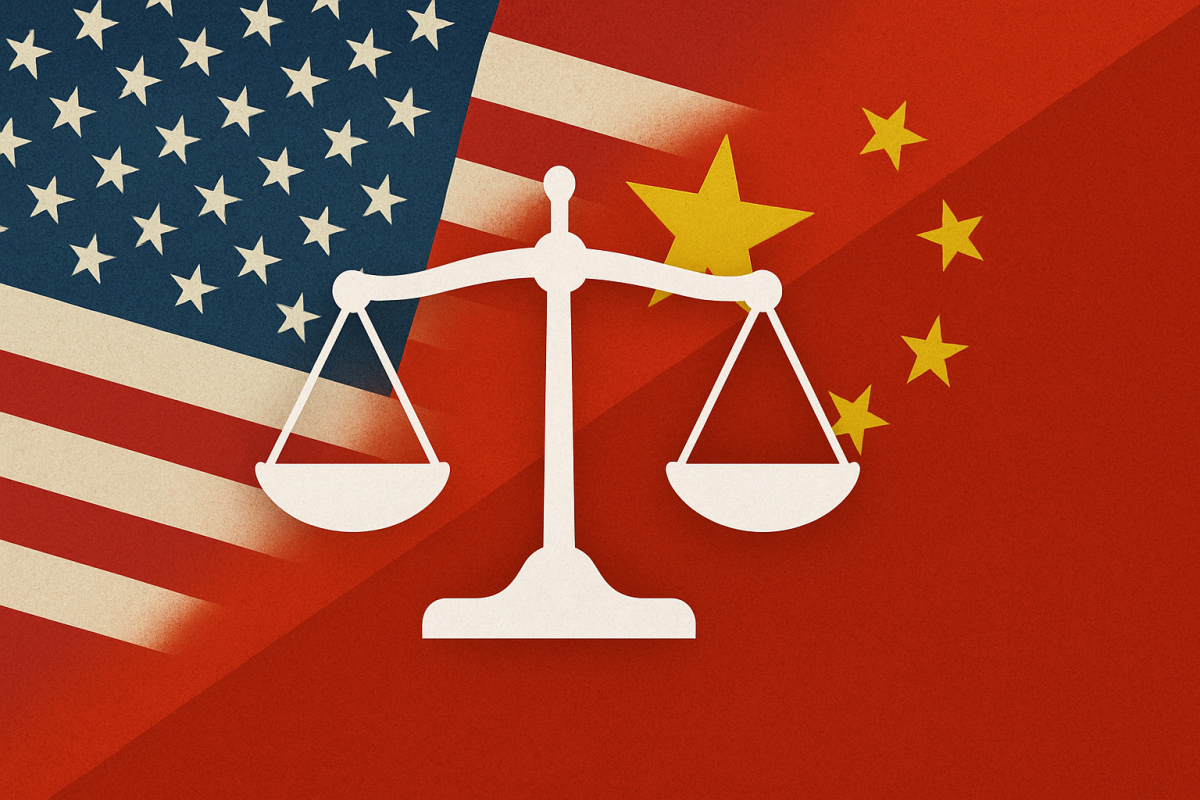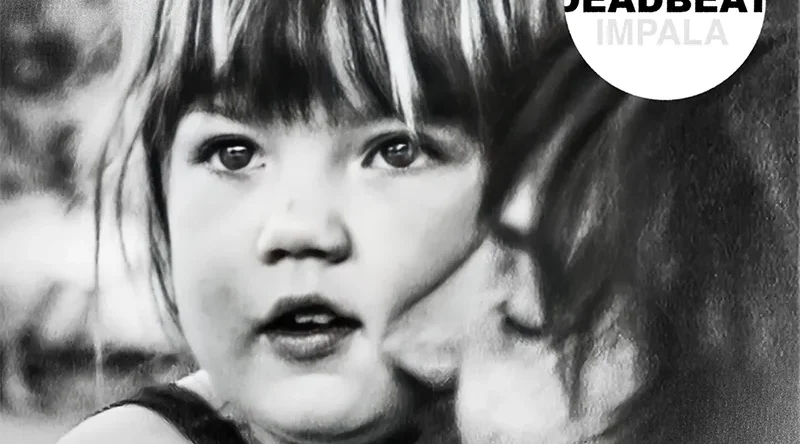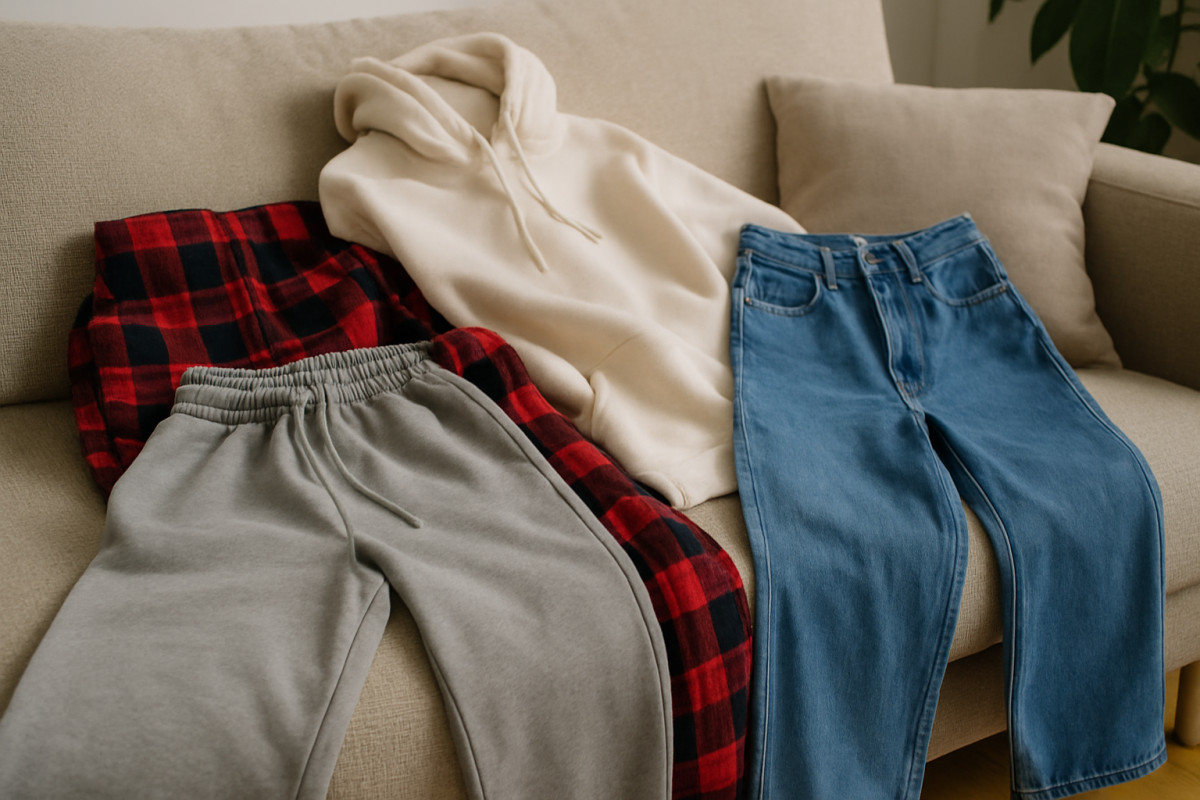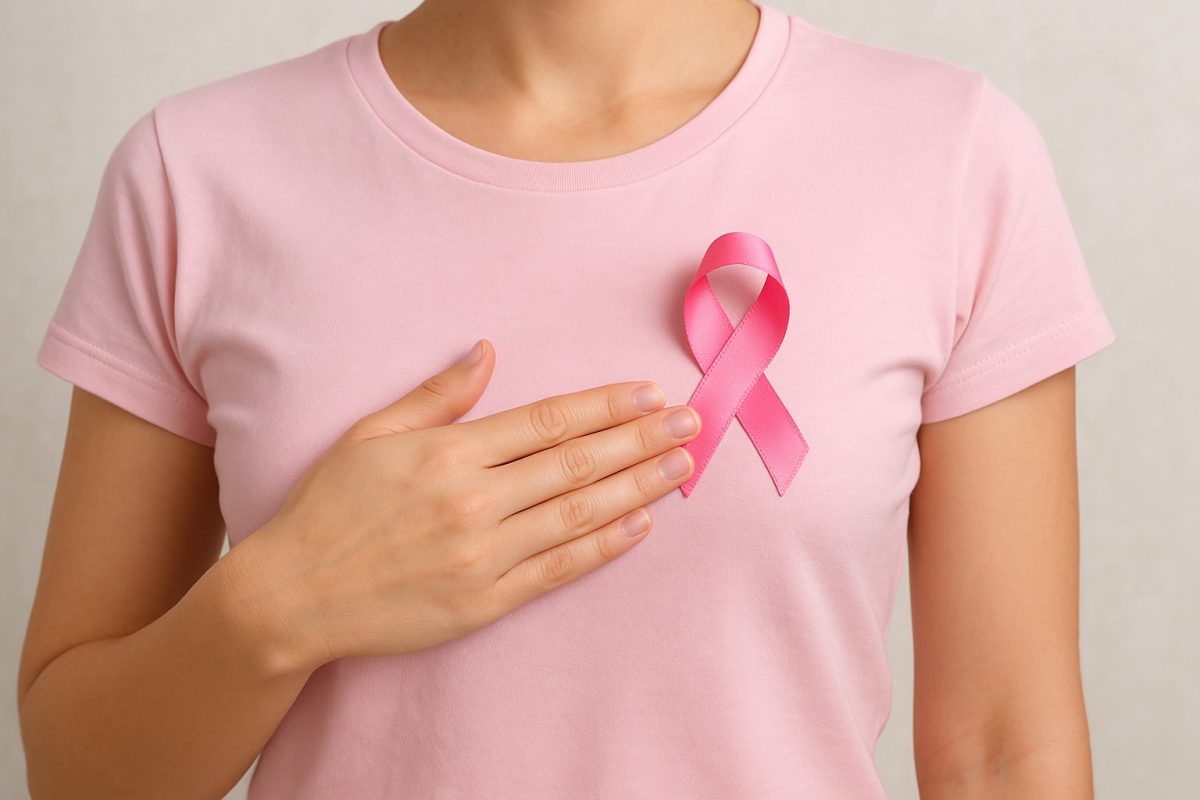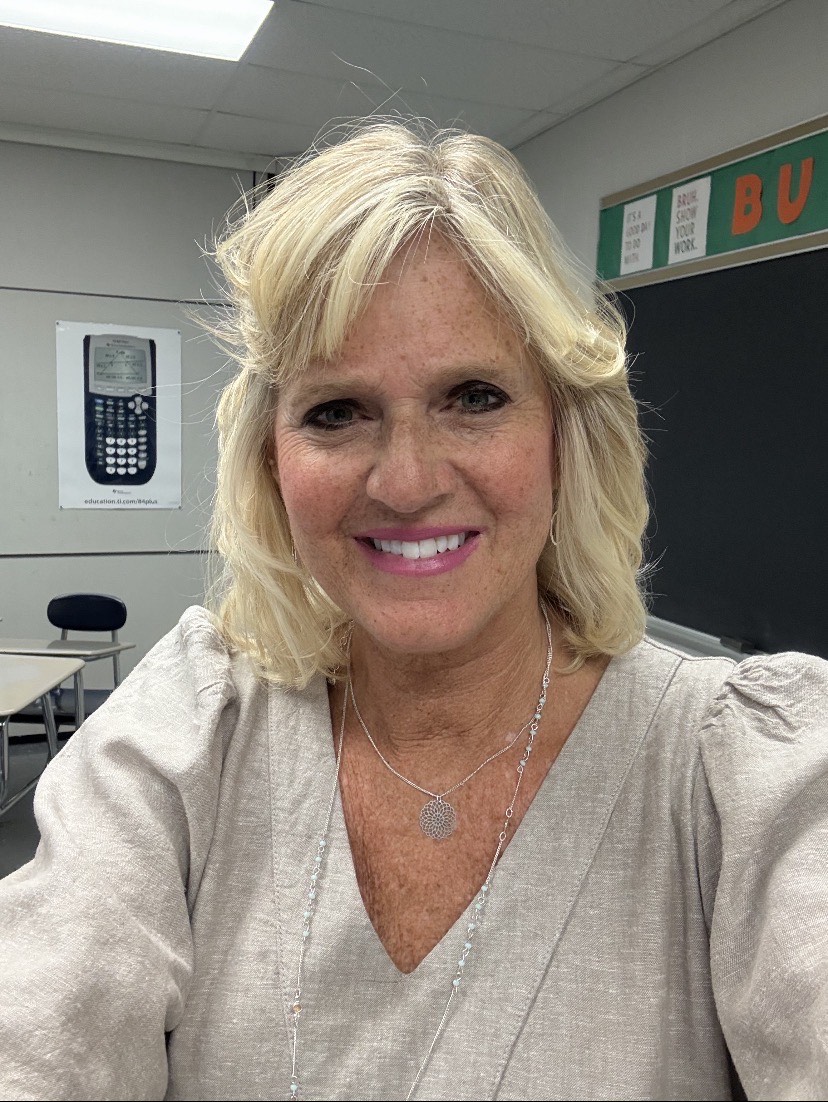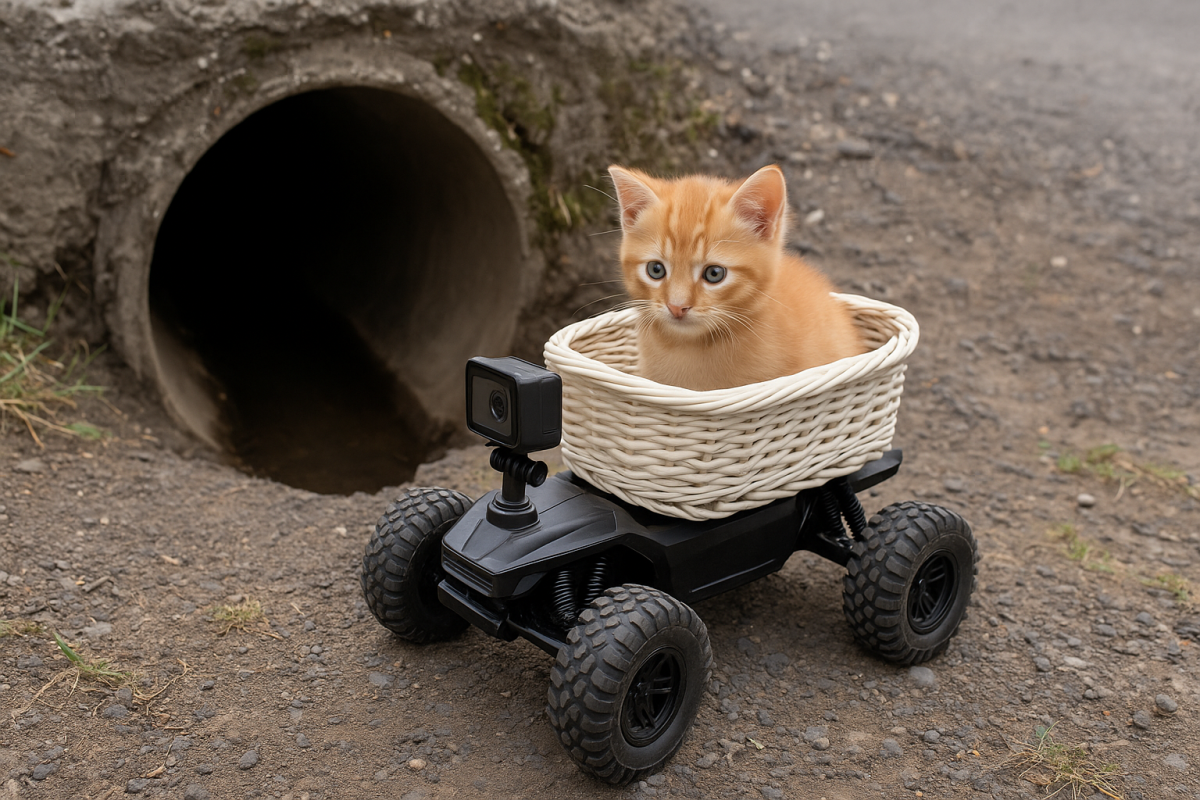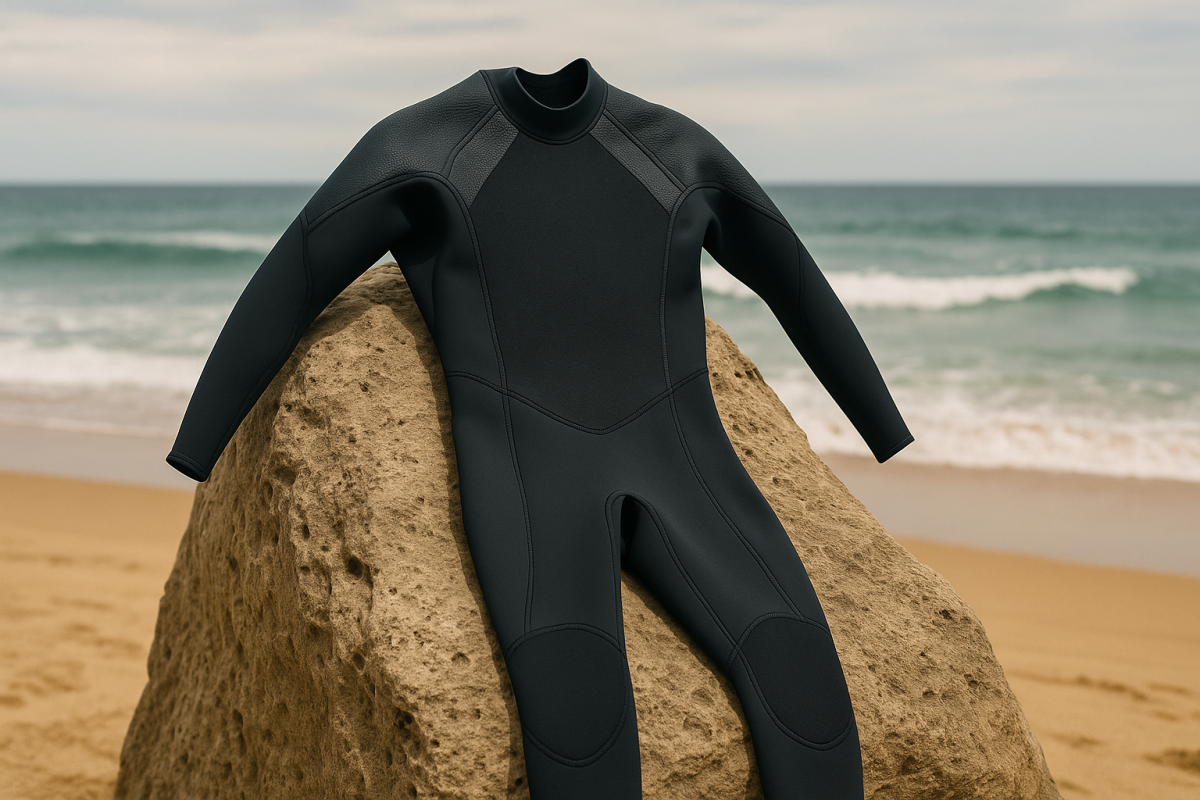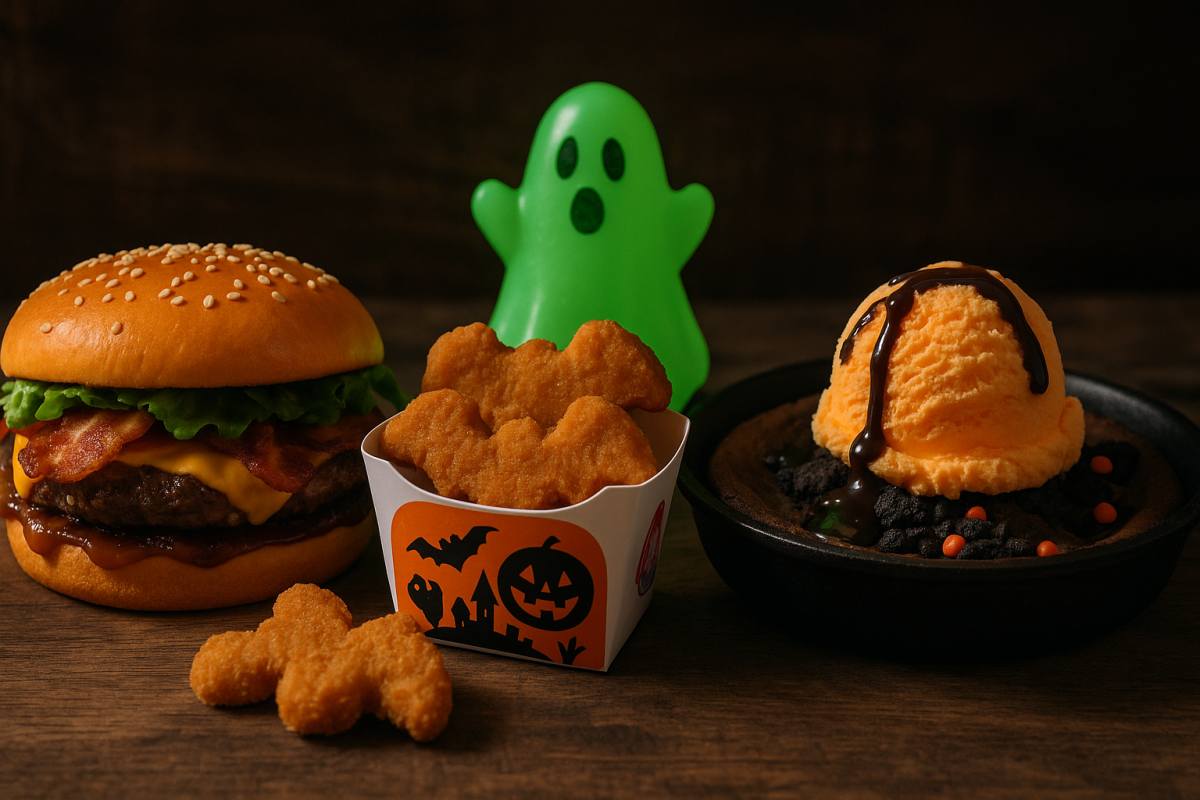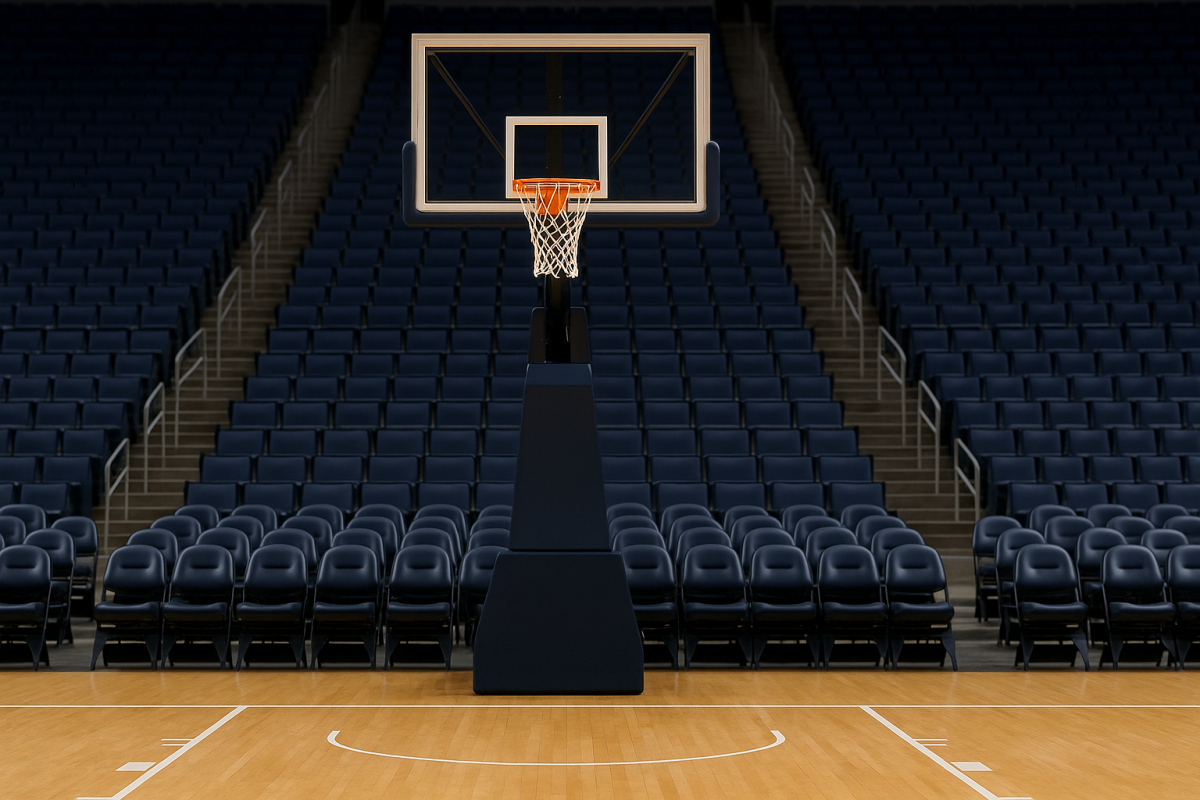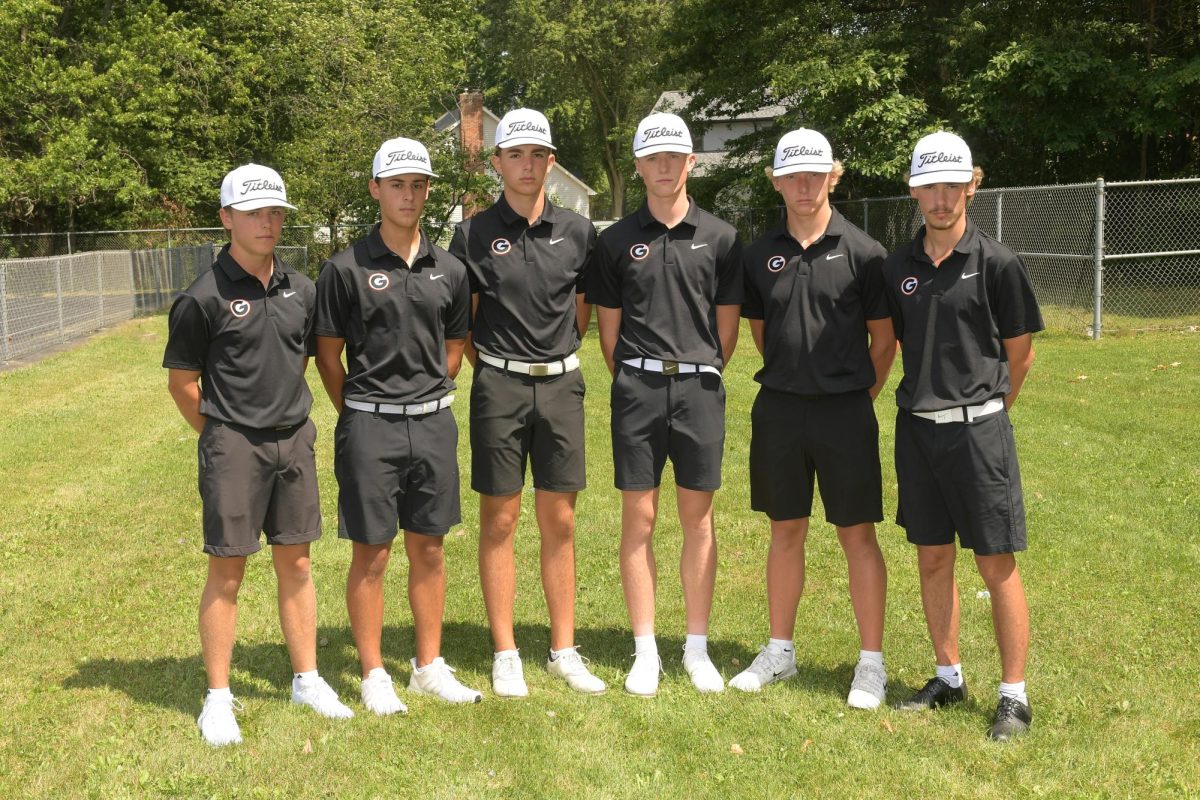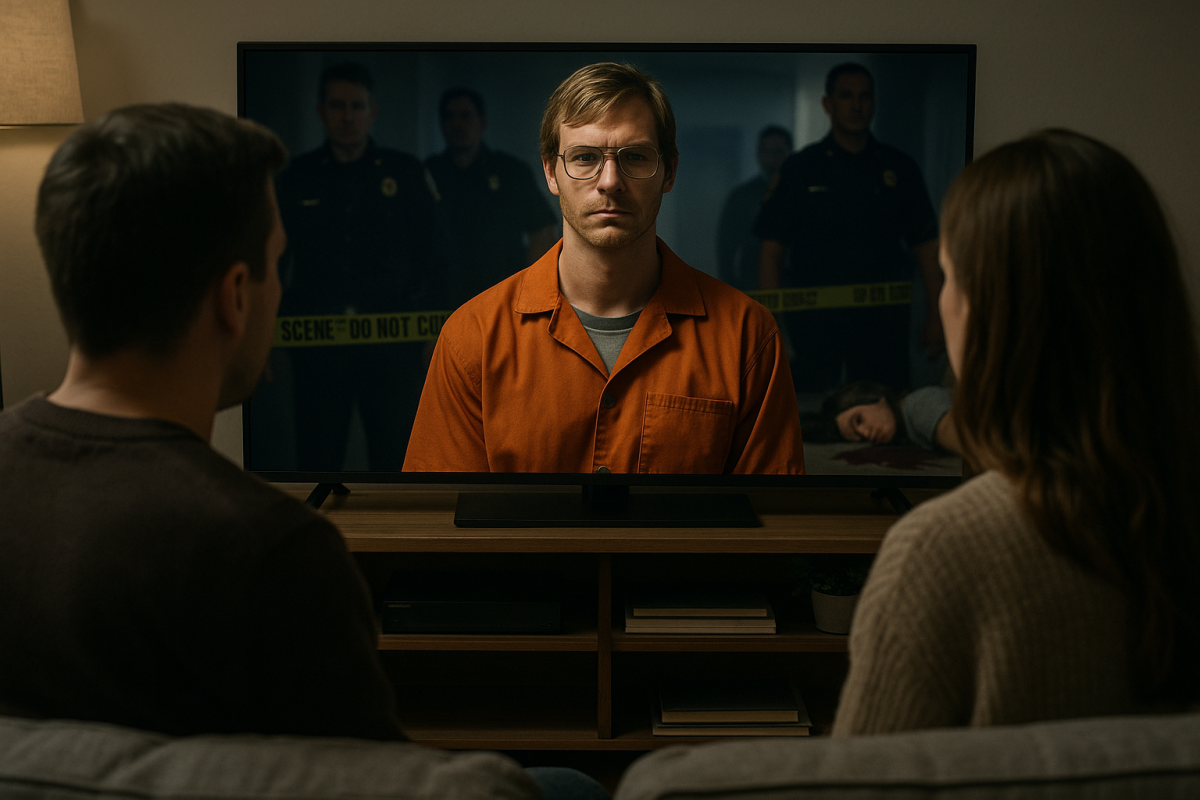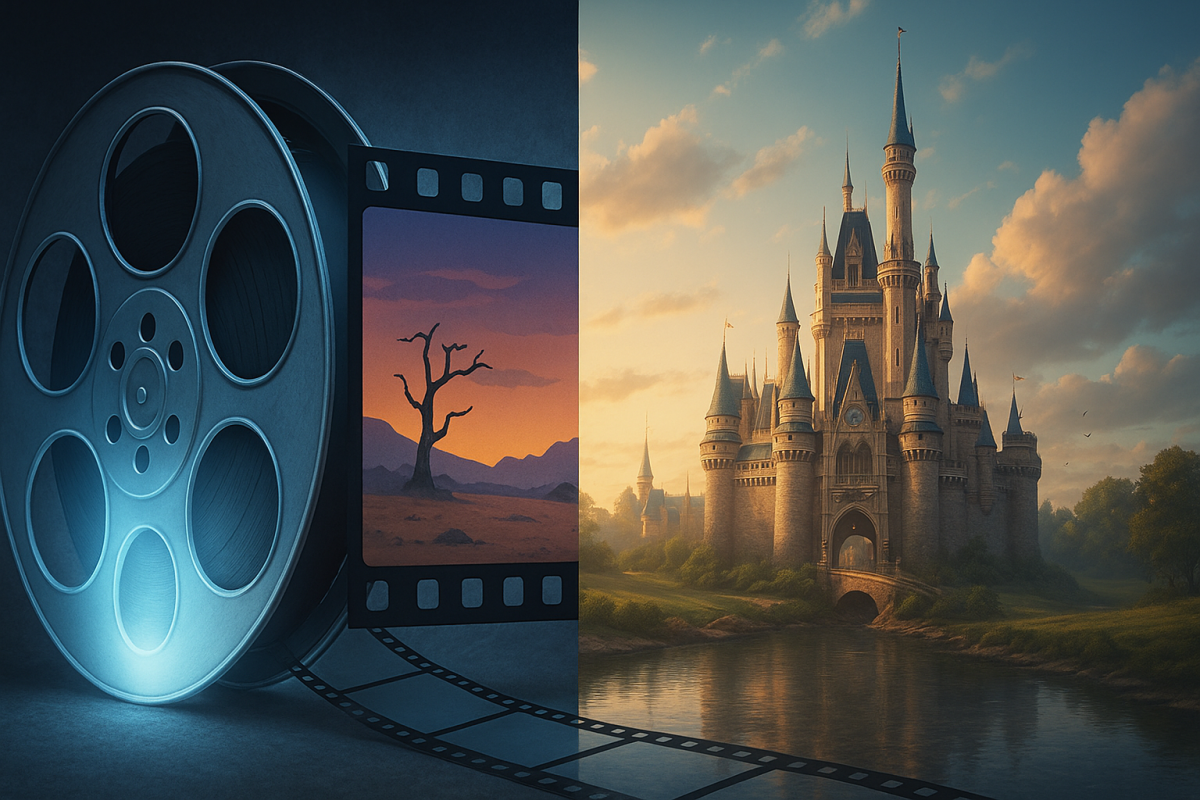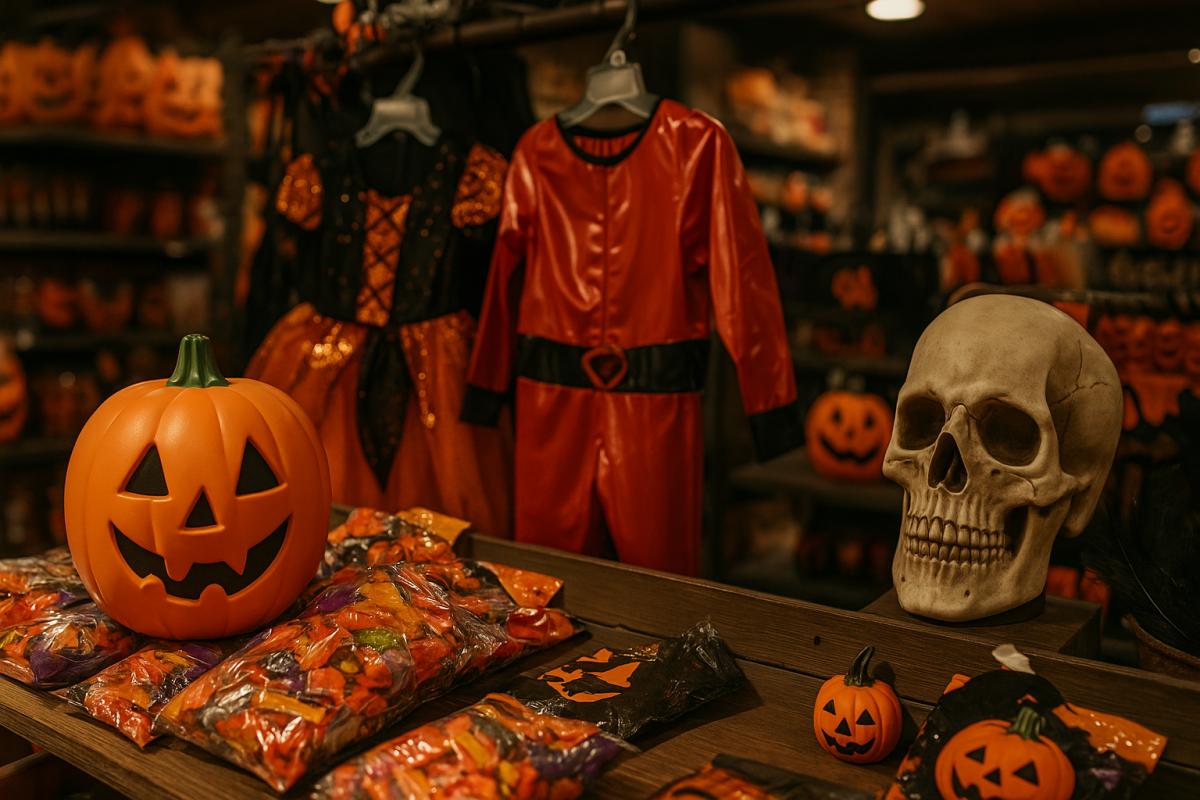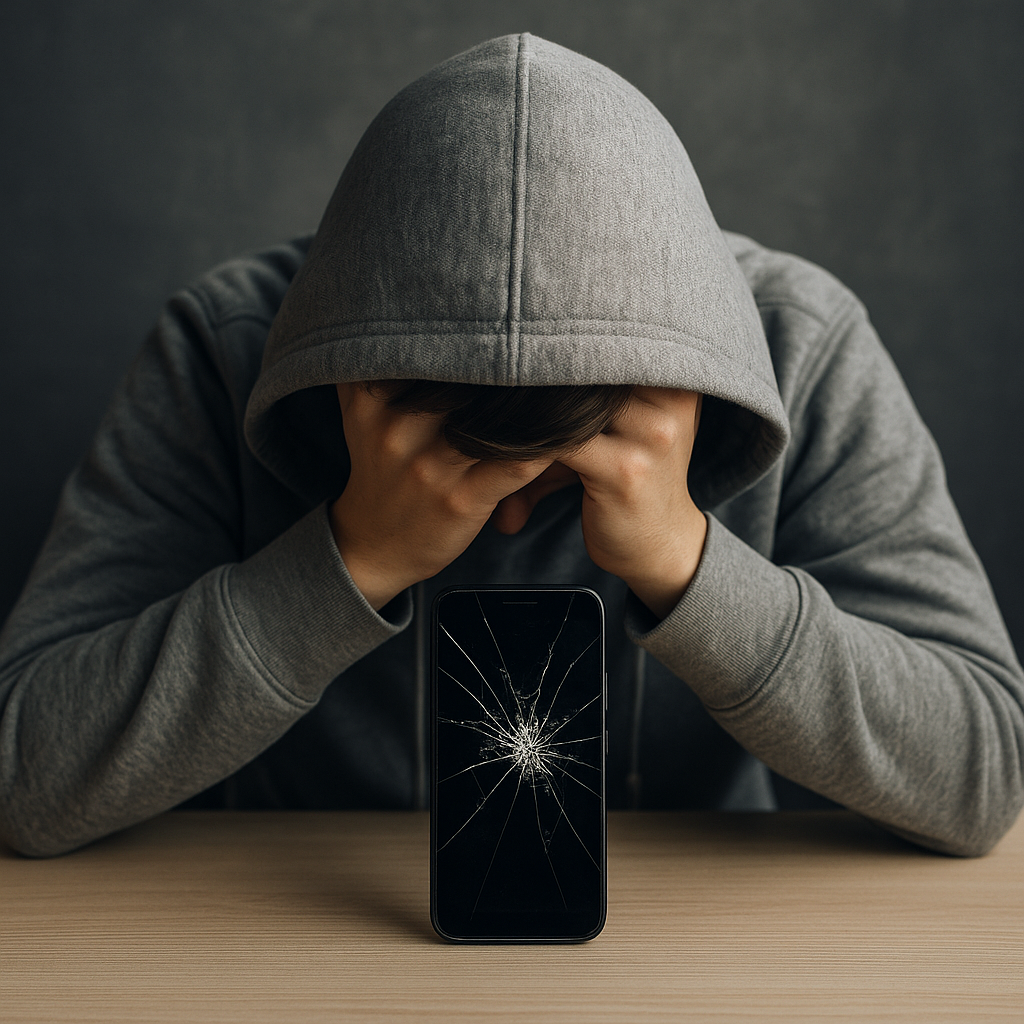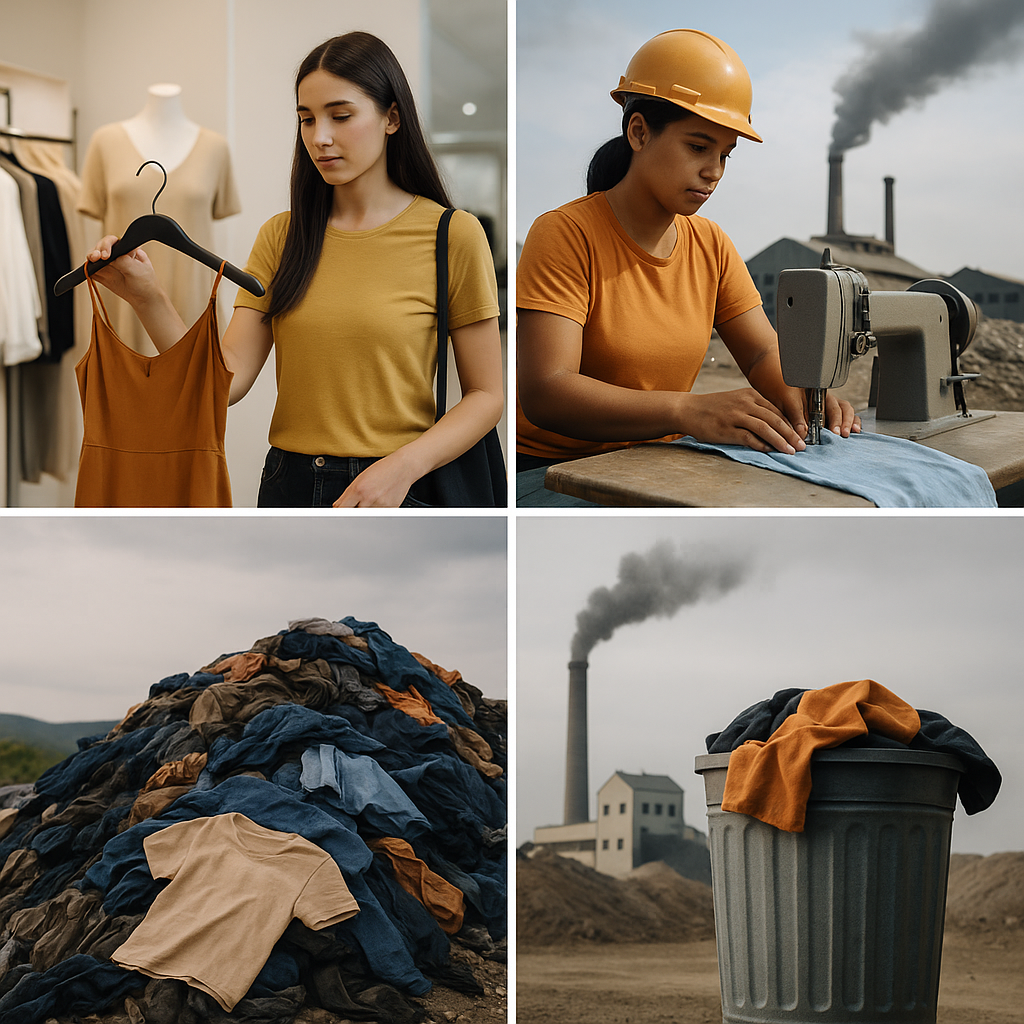Everyone can agree that the coronavirus pandemic is now in the past. Quarantine, toilet paper shortages and social distancing all feel like distant memories. Yet one thing that remains from that time is its lasting impact on fashion. COVID-19 did not just affect our health and habits; it also reshaped our sense of style. Today, casual is the new formal.
Coming out of quarantine, students across the country began wearing the now-iconic red and black plaid pajama pants. Getting ready for school suddenly became easier. Mornings no longer required picking out a “nice” outfit; many just wore what they had slept in the night before. While pajama pants in public have become less common since then, they have simply been replaced by something equally comfortable: sweatpants.
Sweatpants have become a wardrobe staple. Though slightly more structured than pajamas, they carry the same relaxed energy. This trend is part of a broader shift toward comfort-first clothing. Baggy and oversized styles now dominate the halls, from hoodies and T-shirts to jackets and joggers. The only exceptions tend to be form-fitting tops and leggings, though even there, flared leggings have made a comeback.
The reason for this comfort obsession is simple: people have gotten used to dressing for home. After years of remote learning and working from living rooms, comfort has become part of everyday life.
Even jeans, once a school standard, have evolved. Wide-leg and flared cuts have replaced skinny jeans as the preferred style. Despite their popularity, jeans remain technically informal wear no matter how they are styled. Dress them up too much, and they stop being the comfy jeans people love.
Everyone still has their own unique sense of style, but the most common thread among today’s trends is comfort. Fashion has become looser, softer and more practical, a reflection of the pandemic era that shaped it. In a world that is constantly on the move again, it makes sense that people still want to feel at home wherever they go.

